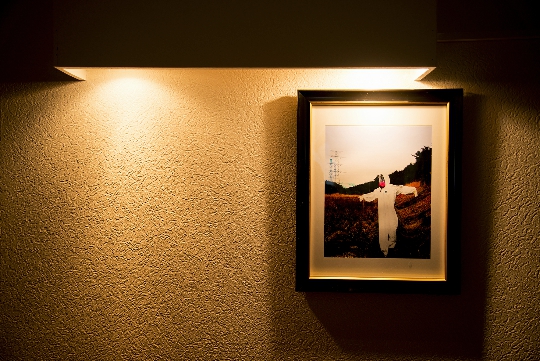THIRD URAL INDUSTRIAL BIENNIAL OF CONTEMPORARY ART
| January 13, 2016 | Post In LEAP 36

This September, delegates from 65 countries flocked to the tenth Russia Arms Expo, a biennial showcase of armaments, military equipment, and ammunition where, amid the tanks, rocket launchers, and fighter jets, Russia debuted an armed drone it developed in collaboration with China. The expo takes place in the Siberian stronghold of Nizhny Tagil, a former venue of the Ural Industrial Biennial, which opened its third edition the same day as the arms expo. Perhaps not coincidentally, the project recruited two China-based curators, Biljana Ciric and Li Zhenhua, to deliver separate exhibitions parsing the theme of “Mobilization.” Unlike the expo, however, these exhibitions seemed to suggest that the greatest weapon of all may be the human body.

The biennial left the communal factory floors of its previous editions for the unused rooms of the Iset Hotel. Built in the 1930s as a dormitory for the Soviet secret police, the building represents the cold fusion of constructivist aesthetics with the darkest machinations of the state. Ciric’s “Spaces for Maneuver: Between Abstraction and Accumulation” offers a comparative study of individual and collective might, with contributions from artists including Jonathas de Andrade, Alfredo Jaar, Jompet Kuswidananto, Li Liao, and Sveta Shuvaeva, as well as a restaging of the Shanghai First International Fax Exhibition, which, in 1996, seized new technology as a means to evade state control over culture. While Shuvaeva’s appealing crowd portraits quite literally put a smiley face on collective body-building, Li Zhenhua’s exhibition, “No Real Body,” assumes a more cynical stance. The viewer’s guard is down when encountering the sucker punch of Chim↑Pom’s Real Times (2011), a video that follows the artist collective as they don homemade hazmat suits and infiltrate Fukushima a month after the meltdown. Tromping over cracked pavement through deserted woods, they reach an overlook where they unfurl a white flag only to brand it with red spraypaint, creating a makeshift Japanese flag transformed into the symbol for radioactivity. Fluctuating between an aggressive surrender and a surrendered aggression, the work commands a particular resonance in the Urals, where the grand project of industrialization never accounted for its afterlife.

Yekaterinburg, Russia
2015.09.09 – 2015.11.10


